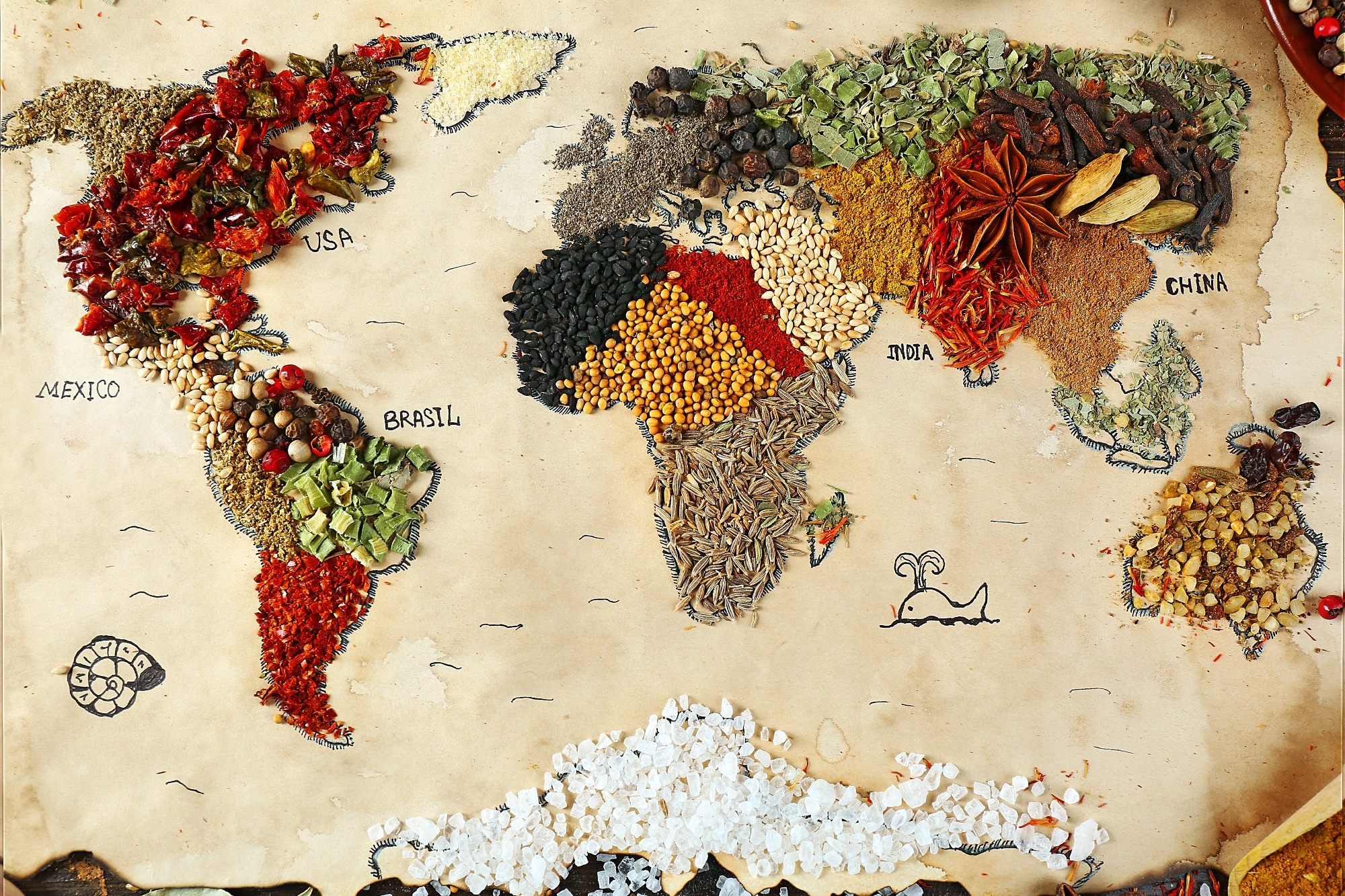In a recent paper submitted to the arXiv* server, researchers explored the application of graph neural networks (GNNs) application in edge regression tasks, encompassing both static and dynamic scenarios, with a focus on forecasting trade values in food and agriculture between nations. The current study introduced three robust yet straightforward baselines and thoroughly evaluated one static and three dynamic GNN models using the United Nations (UN) Trade dataset.
 Study: Exploring Graph Neural Networks for Temporal Edge Regression in Food and Agriculture Trade. Image credit: Africa Studio /Shutterstock
Study: Exploring Graph Neural Networks for Temporal Edge Regression in Food and Agriculture Trade. Image credit: Africa Studio /Shutterstock

 *Important notice: arXiv publishes preliminary scientific reports that are not peer-reviewed and, therefore, should not be regarded as definitive, used to guide development decisions, or treated as established information in the field of artificial intelligence research.
*Important notice: arXiv publishes preliminary scientific reports that are not peer-reviewed and, therefore, should not be regarded as definitive, used to guide development decisions, or treated as established information in the field of artificial intelligence research.
Background
Graph Neural Networks (GNNs) have gained traction for modeling complex relationships across domains. They excel in applications ranging from social networks to biology. While GNNs such as graph convolution networks (GCNs), graph attention networks (GATs), and graph isomorphism networks target static graphs, attention is shifting to dynamic graph representation for real-world systems. The current study addresses the lack of exploration of using GNNs for edge regression in dynamic networks. It investigates both static and dynamic GNNs using the UN Trade dataset for predicting trade values between nations.
Temporal Edge Regression and Classification Tasks
The temporal edge regression task involves representing dynamic graphs as timestamped edge streams and predicting future edge weights between node pairs. In contrast, the temporal edge classification task transforms edge weight prediction into a classification problem by categorizing edge values into intervals. This approach simplifies the task by estimating the magnitude of edge weights rather than their exact values. Different normalization techniques such as min-max, log, and node degree enhance model performance and facilitate tasks such as predicting edge proportions in trade values, providing valuable insights into dynamic graph behaviors.
Dynamic GNNs for temporal edge regression
The study incorporates three baseline techniques - mean baseline, most baseline, and historical average - to benchmark GNN model effectiveness. Researchers implemented two types of models: static GNN and dynamic GNN. Static GNN uses the GCN for non-temporal data, constructing collapsed static graphs at each timestamp. Dynamic GNN adapts three models for temporal edge regression:
JODIE is designed for bipartite networks; it employs coupled recurrent neural networks (RNNs) to update user and item representations. The projection operation predicts future representations, considering the time since the last interaction. DyRep is a framework for dynamic graphs that uses a specialized RNN to update node representations based on new edge observations. Temporal attention computes neighbor weights for adaptive representation updates. Temporal Graph Networks (TGN) comprises memory, message function, aggregator, updater, and embedded modules. It stores historical data, updates memories, and generates node representations while considering features and edges.
Exploring temporal edge regression and classification
The dataset utilized is the UN food and agriculture trade dataset, spanning 1986 to 2017, encompassing trade statistics among 181 nations. This directed, weighted graph represents trade relationships, with edge weights denoting normalized import and export values.
Temporal Edge Regression Tasks: The current study delves into training and evaluating methods for temporal edge regression tasks. Three training strategies are training with negative sampling, training on positive edges, and training on all node pairs. These methods provide insights into performance for temporal edge regression and classification tasks.
Comparison of Baseline Models: The Persistence Forecast baseline displays optimal performance in most cases, while the Historical Averages baseline attains the best result of 1.360 in overall mean squared error (MSE) loss through min-max normalization. This underlines the strength of the baselines and the current inadequacy of existing GNNs to surpass them. Several factors contribute to this: the relatively stable food and agriculture trade values over time, the limited temporal range of the test set, and the potential insufficient data for complex models to comprehend underlying patterns.
Comparison among GNNs: TGN trained with negative sampling showcases the best overall MSE loss of 2.959 among GNN models. This indicates its ability to distinguish negative edges more effectively when trained with appropriate negative edge numbers, resulting in superior performance. Notably, TGN's inclusion of temporal attention mechanisms and specialized memory modules enhances its capacity to capture evolving network dynamics and relationships over time, leading to more accurate predictions.
Influence of Training and Normalization Strategies: GNN models trained on all edges face challenges due to graph sparsity, while TGN trained on positive edges performs well. Log normalization is preferred due to its more reasonable loss values, enhancing model training.
Temporal Edge Classification Task: The Persistence Forecast baseline remains robust, while TGN consistently outperforms JODIE and DyRep, especially regarding positive accuracy and F1. These findings demonstrate TGN's efficacy in capturing evolving patterns and temporal dependencies in dynamic graphs.
In both tasks, the choice of training strategies and normalization methods significantly influences model performance.
Conclusion
In summary, researchers explored GNN performance in edge regression and classification tasks. Baselines outperform most GNNs, revealing a research gap. Static and dynamic GNNs are evaluated, with TGN demonstrating superior temporal modeling. The negative edge proportion in training significantly affects testing. This advances edge regression in dynamic graphs, urging further exploration of GNN potential in intricate temporal edge regression tasks.

 *Important notice: arXiv publishes preliminary scientific reports that are not peer-reviewed and, therefore, should not be regarded as definitive, used to guide development decisions, or treated as established information in the field of artificial intelligence research.
*Important notice: arXiv publishes preliminary scientific reports that are not peer-reviewed and, therefore, should not be regarded as definitive, used to guide development decisions, or treated as established information in the field of artificial intelligence research.